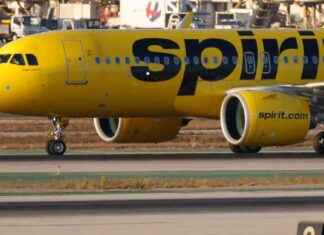Motorists in the United States drove a record 3.2 trillion miles in 2016, according to data released Tuesday by the Federal Highway Adminstration. That marked the fifth straight year that the number of miles Americans drove increased.
And with more people driving and logging more miles, it should not come as a big surprise that the U.S. has the worst traffic congestion problem of any developed country on the planet. The Seattle-based global traffic-tracking company Inrix came out Monday with its 2016 Traffic Scorecard and found that the U.S. has five of the 10 most traffic riddled cities in the world.
The company’s study of 1,064 cities in 38 countries across the globe found American drivers waste an average of 42 hours a year stuck in traffic during peak periods. Here in Minneapolis-St. Paul, we come in slightly below the average at 40 hours a year. That was enough to earn us the dubious title of the 15th most congested city in the nation and 18th most snarled in North America.
Inrix defined congestion as a speed below “65 percent of the free-flow speed” on the typical road segment. So using it’s definition, a road is considered congested when speeds are below 35 miles per hour on a highway posted as 55 miles per hour or 39 miles per hour on segments posted at 60 mph.
That differs from MnDOT’s definition, which says a road is congested when speeds are below 45 miles per hour, regardless of the posted speed limit.
Drivers here definitely have their beef about traffic and our notorious pinch points, but at least it’s not like Los Angeles, which leads the world with traffic jams. Drivers in the southern California city experience gridlock 104 hours year. New York came in third in the world followed by San Francisco (4th), Atlanta (8th) and Miami (10th).
TomTom also came out with its assessment of global and domestic traffic and it ranks the Twin Cities as the 166th most congested city in the world and 48th in the United States. Drivers here spend an extra 21 minutes a day or 81 hours a year on the roads. Thursdays from 5 to 6 p.m. were the worst commutes, the navigational system’s analysis of traffic found.
The upshot is that congestion probably isn’t an issue unless you are stuck in it. But here’s an omnious prediction for anybody who drives, considering the number of vehicle miles driven in the U.S. has gone up for five straight years and shows no signs of slowing down. Roads are going to get more clogged.
“The demand for driving is expected to continue to rise, while the supply of roadway will remain flat,” said Bob Pishue, senior economist at Inrix.
Our editors found this article on this site using Google and regenerated it for our readers.







